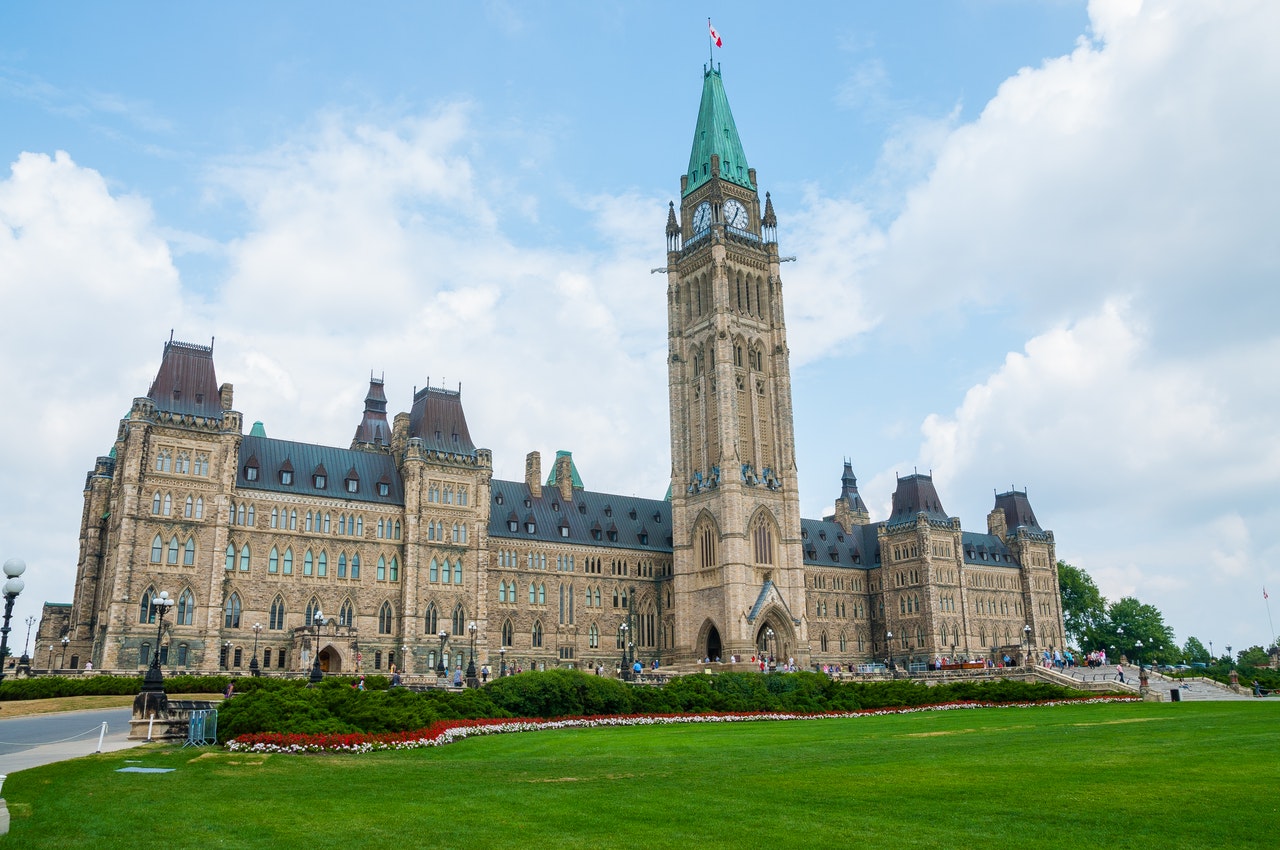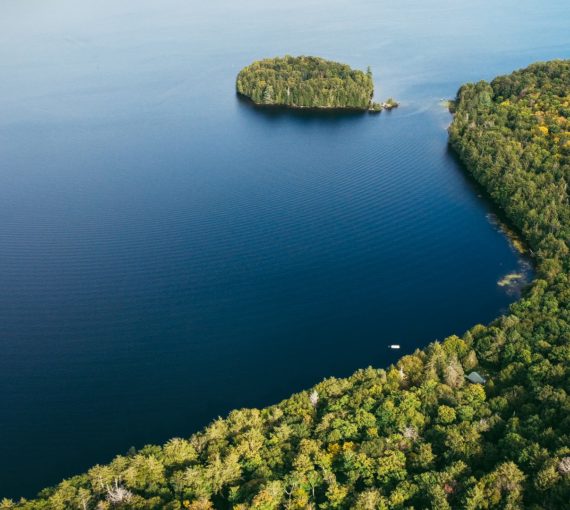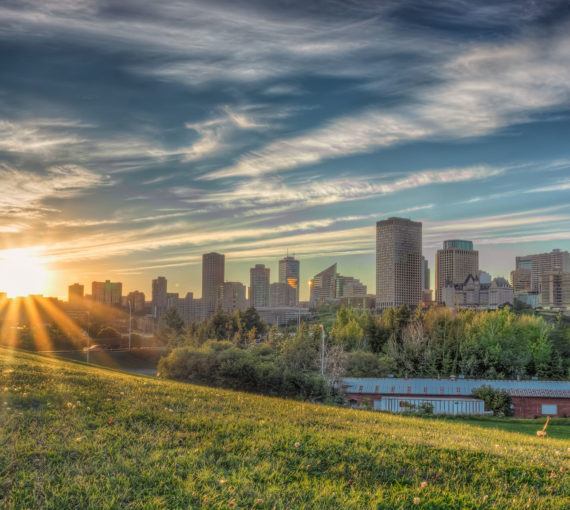
Prime Minister Justin Trudeau has the opportunity to correct his father’s decision and add the Pickering Lands to Rouge National Urban Park. (Photo: Splash of Rain via Pexels)
It’s hard to believe that half a century has passed since Prime Minister Pierre Elliott Trudeau’s government announced an international airport on Class 1 agricultural land in North Pickering, Markham and Uxbridge – the second for the Toronto area after Pearson airport.
Expropriating the Pickering Lands for this purpose, however, came at a devastating cost: Not only does this 7,527-hectare parcel represent some of the finest farmland in Canada, it also provides habitat for almost 200 rare plant and animal species. And just as importantly, this gap in the Greenbelt comprises part of the territory of local Indigenous people.
With thousands of hectares of prime farmland, forests, wetlands and waterways, the Pickering Lands offer a host of natural climate mitigation solutions.
Even though the Pickering airport plan was later thwarted by community and provincial opposition, the federal government kept the land. Demolitions and subsequent limiting of leases to one-year terms left a landscape in limbo, stifled new investment and shackled production on prime arable land. Investments in nature, such as protection and restoration projects, were frozen by the prospects of an airport. It was a government policy that was wrong in principle and disastrous in practice, and it left the area paralyzed.
In response, for more than two generations, grassroots groups, from People or Planes to Land Over Landings, have engaged in a protracted war of resistance with Transport Canada, which oversees the project. Many others have joined the fight, with groups such as the National Farmers Union–Ontario advocating for the protection of the prime farmland for current and new farmers, and Ontario Nature and Wildlands League calling for the protection and restoration of nature. The greatly reduced human presence over such a long period has allowed flora and fauna to reclaim space on the Pickering Lands, which are now an accidental oasis in a vast sea of sprawl.
The federal government is now in a position to follow through in a very meaningful and tangible way by recognizing that their 1972 decision is out of step with the realities of 2022.
Meanwhile, Transport Canada continues to commission studies to assess the need for a Pickering airport, with each study pushing that need ever further into the future. That uncharted future, as our planet dangerously warms, makes the very idea of the airport indefensible. As a means of addressing climate change and biodiversity loss, modern science supports investments in nature and land protection. With thousands of hectares of prime farmland, forests, wetlands and waterways, the Pickering Lands offer a host of natural climate mitigation solutions. This includes connected landscapes that can help species survive and thrive in the heavily populated GTA, where the extinction crisis is hitting Canada the hardest.
The federal government is now in a position to follow through in a very meaningful and tangible way by recognizing that their 1972 decision is out of step with the realities of 2022. Retaining the land for an unnecessary airport would only widen the gap. The creation of Rouge National Urban Park and Transport Canada’s transfer of approximately half the Pickering Lands to Parks Canada in 2015 and 2017 in no way justify holding the remaining 3,500 hectares for an unnecessary airport.
The solution is simple: Contingent upon the free, prior and informed consent of affected Indigenous communities, unite the remaining airport lands with the already-protected land beside it.
Instead, the federal government can act on the urgency of reconciliation, food security and environmental needs. The solution is simple: Contingent upon the free, prior and informed consent of affected Indigenous communities, unite the remaining airport lands with the already-protected land beside it. The airport lands can be converted from a liability to an asset, while upholding the government’s mandate to expand natural areas. As the only national park to include farming, and the founding pillars of nature, culture and agriculture, Rouge National Urban Park is a potent example of the power of protecting farmland and nature under law.
Prime Minister Justin Trudeau has the opportunity to correct his father’s decision and add the Pickering Lands to Rouge National Urban Park. It’s time to do the right thing and ground the Pickering airport for good.
This op-ed was originally published in The Globe and Mail
Our work
Always grounded in sound evidence, the David Suzuki Foundation empowers people to take action in their communities on the environmental challenges we collectively face.





